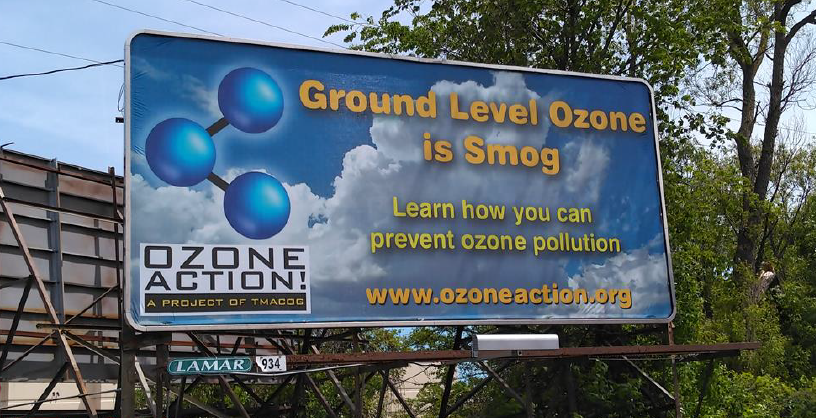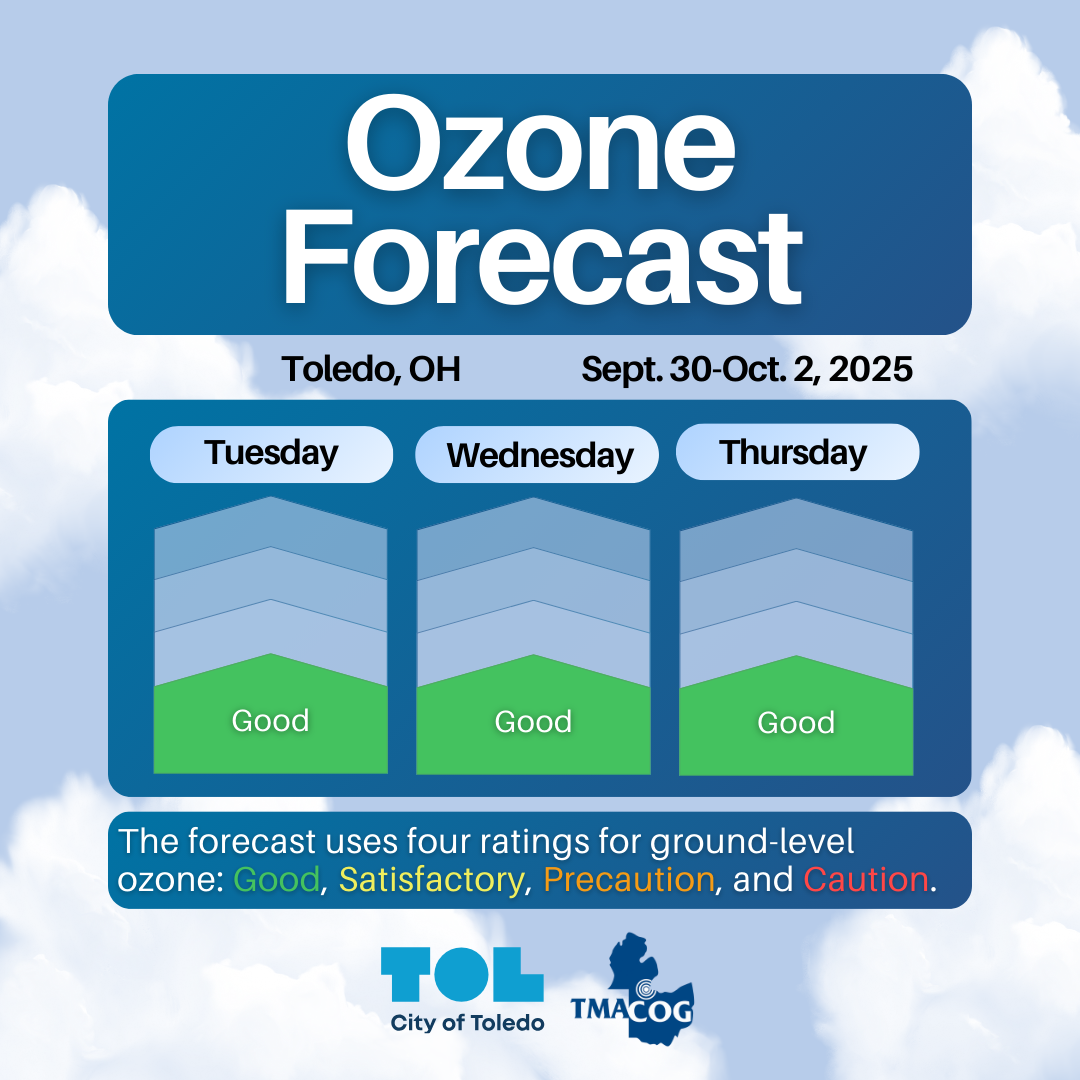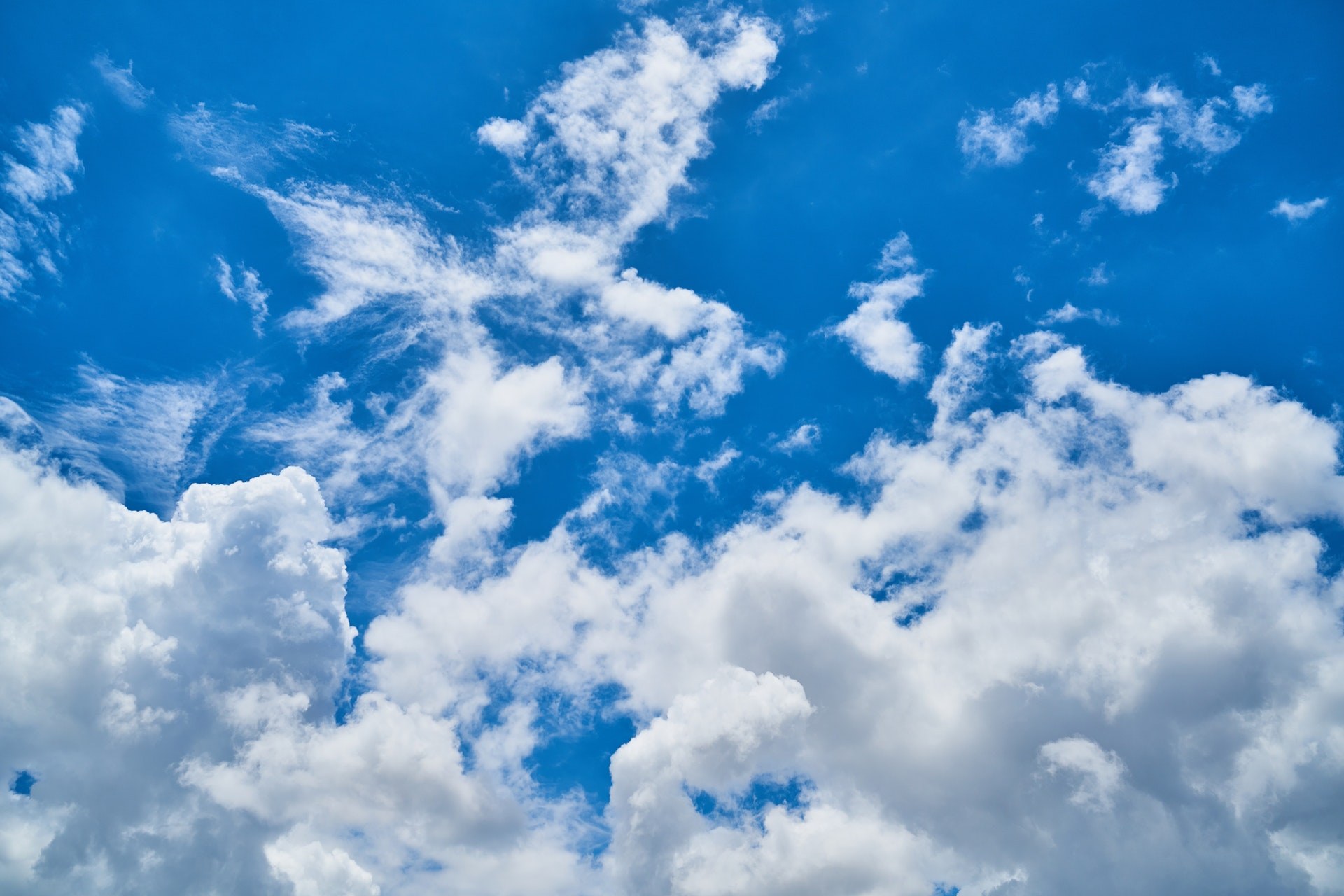Protecting our health and environment
Air
Air
Ozone can make it more difficult to breathe on hot, sunny days. Other pollutants impact the air we...
Learn More
Get the forecast, check current conditions, and learn about air quality!
AirNow, a federal tool managed by the U.S. Environmental Protection Agency, provides information on current air quality conditions. You can also access information and resources to better understand how poor air quality can impact your health.

Current forecast:

The City of Toledo uses weather data to release a twice-weekly forecast for ozone levels in the metropolitan area. Ozone is one of the major pollutants that negatively impacts air quality. Ground-level ozone can be dangerous during warmer months, especially for people with respiratory conditions.
Toledo's ozone forecast uses four ratings: Good, Satisfactory, Precaution (measures should be taken by sensitive groups), and Caution.
You can bookmark this page and check back for updates this summer, or contact env.information@toledo.oh.gov to receive the forecast by email.
Ozone, when it is close to the ground, has damaging effects on health and on the environment. As the main ingredient of smog, ozone can destroy lung and airway tissue by actually burning through cell walls — damaging lungs much like the sun damages skin. Ozone also damages plants in the same way.
Particulate Matter, or PM-2.5, refers to tiny particles that are smaller than 2.5 microns (smaller than the width of a human hair). Particulate matter has several sources including earth moving activities, tires and brake linings as they wear down, smoke, and vehicle tailpipe emissions. Because particulate matter is so very tiny, it easily bypasses your lung’s protective systems.
Carbon Monoxide (CO),
an odorless, tasteless, invisible, and poisonous gas, comes mostly from
vehicle exhaust. Exposure to carbon monoxide reduces the ability of
blood to carry oxygen through the body. High levels of CO exposure can
cause headaches, dizziness, visual impairment, reduced manual dexterity
and learning ability, and even death. Carbon monoxide reduces the
delivery of oxygen to the body’s vital tissues, affecting the nervous
system.

The EPA has established the six major air pollutants that are most dangerous to public health and welfare:
When gasoline and diesel fuel are burned in a car or truck engine to produce power, they produce numerous tailpipe emissions including:
Regulations and other efforts by government and industry since the Clean Air Act was enacted 1970 have greatly reduced typical vehicle emissions. However, in the same number of years, the number of miles we drive has more than doubled!

This advisory group supports TMACOG's work to comply with the Clean Air Act Amendments of 1990, the Air Quality Maintenance Program, and evolving federal air quality standards.
TMACOG is a council of governments with members across the region, including cities, counties, villages, townships, schools, and special districts.
Translate